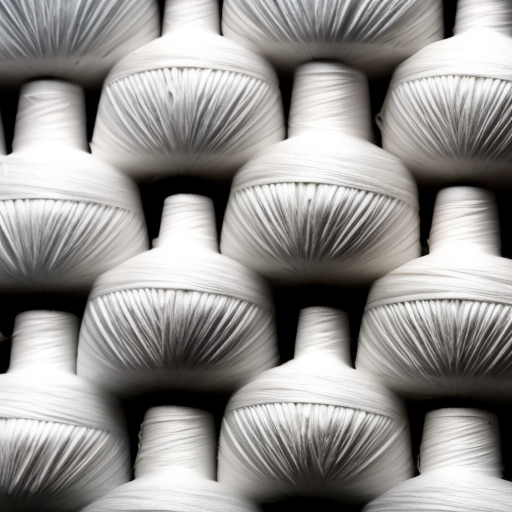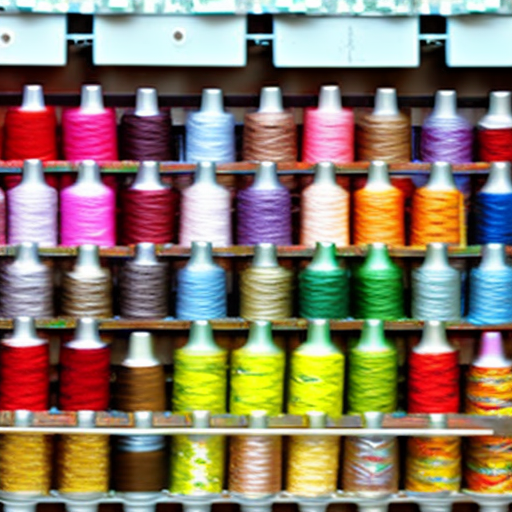
Sewing Thread: How Much?

When it comes to sewing, one of the essential supplies you’ll need is a good quality sewing thread. We all know that using the right thread can make or break your stitching projects. But one question that frequently arises is, how much sewing thread is needed for a particular project?
The amount of sewing thread required depends on various factors including the size and complexity of the project, the type of fabric used, and the stitch type you plan to employ. Let’s delve into some guidelines to help you determine the approximate amount of thread you’ll need for your sewing ventures.
Project Size and Complexity
Naturally, the larger the sewing project, the more thread you’ll need. A simple pillowcase or a small bag may require just a couple of spools, while a full-sized quilt or a dress might demand several spools. The complexity of the project also plays a role, as intricate designs generally consume more thread due to additional stitching and detailing.
Fabric Type
The fabric you’re working with also affects the quantity of thread needed. Lightweight fabrics like silk or chiffon may require less thread, whereas heavier materials such as denim or upholstery fabric might need a bit more. Keep in mind that delicate fabrics usually require finer thread, so take the thread weight into account while estimating.
Stitch Type
The type of stitch you plan to use impacts the amount of thread used in a project. For instance, plain straight stitching often consumes less thread compared to decorative or zigzag stitches. If your design involves intricate embroidery or topstitching, it’s advisable to add a buffer and get some extra thread, just to be on the safe side.
Calculating Thread Quantity
To get an estimate of the amount of thread required, you can refer to the pattern instructions if you’re using one. Generally, they provide guidelines on thread length or the number of spools needed for the project. If you’re not using a pattern, a rule of thumb is to measure the total length of your seams and multiply it by 1.5. This method ensures you have enough thread for stitching your project with a reasonable amount left for any unforeseen needs.
Additionally, it’s always a good idea to have extra thread on hand, especially if the color or thread type you’re using is specific and not readily available. There’s nothing worse than running out of thread in the middle of a project and having to scramble to find a matching replacement.
Conclusion
When it comes to sewing thread, it’s better to have a little more than you need rather than falling short. Estimating the right amount requires considering project size and complexity, fabric type, stitch type, and pattern instructions if available. Calculating the thread quantity beforehand ensures a smooth sewing experience without any last-minute frustrations. So next time you embark on a sewing project, take a moment to calculate the approximate amount of thread required and stock up accordingly!





You can get the perfect amount of thread for your project with this handy guide! Yeah, this guide is really helpful. Great post!
Helpful guide!
Great post! This guide is really helpful for ensuring you get the right amount of thread for your project.
Really handy, thank you!
This guide is extremely useful – it’s like having a pro by your side! Thanks for taking the time to provide so much valuable information!